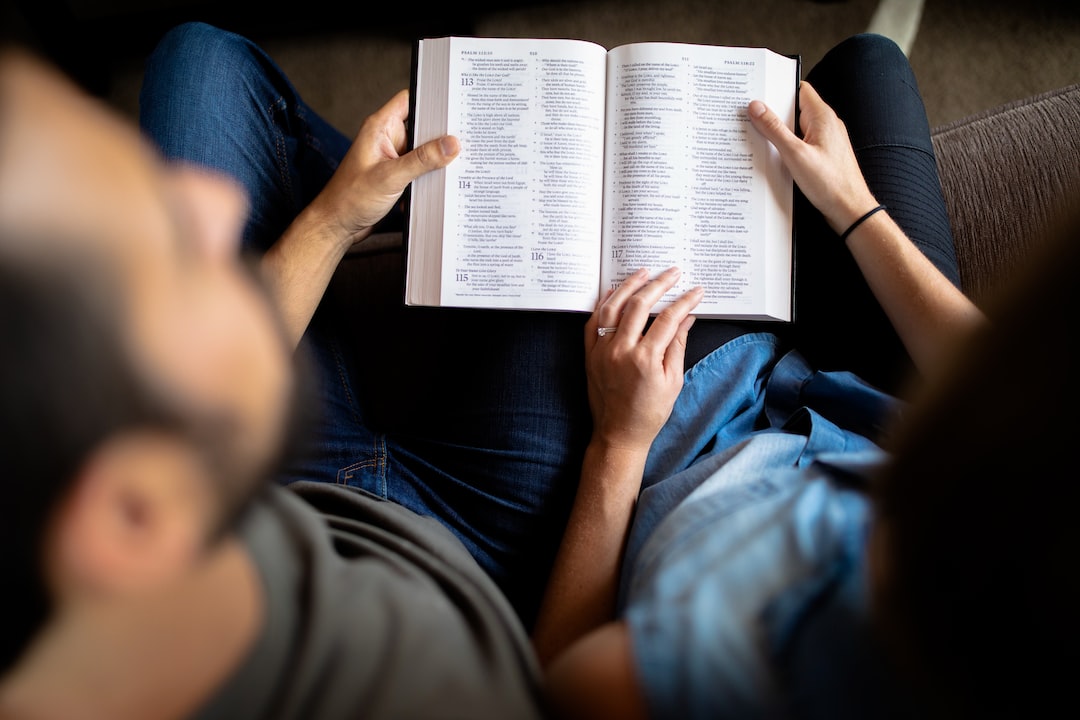Throughout history, religion has played a profound role in shaping the development of art and architecture. From ancient civilizations to modern societies, religious themes have been prevalent in various artistic expressions. This deep-rooted connection between religion and art can be observed in the symbolism, subject matter, and architectural styles that have emerged over the centuries.
Religion serves as a major source of inspiration for artists, providing them with a rich tapestry of stories, beliefs, and ideas to explore. Many of the world’s greatest artistic masterpieces are religious in nature, whether it be Michelangelo’s famous frescoes in the Sistine Chapel or the intricate Hindu sculptures in Indian temples. These works of art serve to communicate religious doctrine, evoke devotion, and create a sense of awe and wonder.
Symbolism is a powerful tool used in religious art to convey complex ideas and concepts. For instance, the cross is a widely recognized symbol of Christianity, representing the crucifixion and resurrection of Jesus Christ. Similarly, the lotus flower holds great significance in Buddhist art, symbolizing purity and enlightenment. These symbols not only communicate religious concepts but also create a sense of unity and identity among believers.
Religious architecture, on the other hand, is often characterized by its grandeur and sacredness. Places of worship, such as churches, temples, mosques, and synagogues, are designed to inspire a sense of reverence and awe among the faithful. The use of soaring arches, intricate mosaics, and stained glass windows in cathedrals, for example, creates a spiritual atmosphere that encourages contemplation and prayer. The layout and design of religious spaces are carefully planned to facilitate rituals, enhance the worship experience, and create a connection between the divine and the human.
Moreover, the influence of religion extends beyond the visual aspects of art and architecture. Music, literature, and dance have also been heavily influenced by religious beliefs. Gregorian chants, devotional hymns, and religious poetry continue to be a source of inspiration for composers and writers. Religious festivals and rituals often involve grand processions, dances, and dramatic performances that blend art and spirituality, bringing communities together and fostering a sense of collective identity.
While the relationship between religion and art has evolved over time, its impact remains significant. Religious art and architecture continue to be a vibrant part of cultural heritage, expressing the beliefs and values of communities worldwide. The interplay between religion and art serves to provide a deeper understanding of religious traditions, inspire devotion, and create a sense of beauty and transcendence.
In conclusion, the influence of religion on art and architecture cannot be overstated. Religious themes, symbols, and architectural styles have shaped artistic expressions throughout history and continue to be a source of inspiration for contemporary artists. The interplay between religion and art is a testament to the enduring power of spirituality in human culture and our innate desire to seek transcendence and meaning in life.

